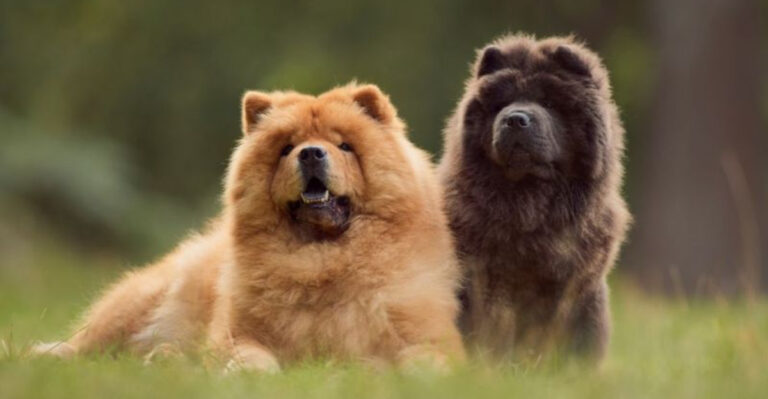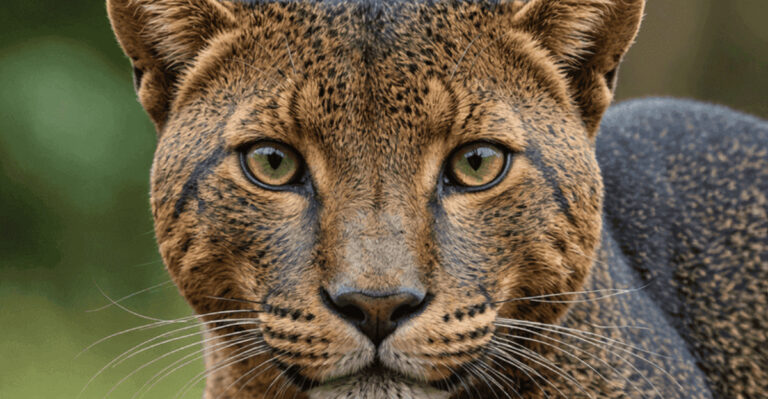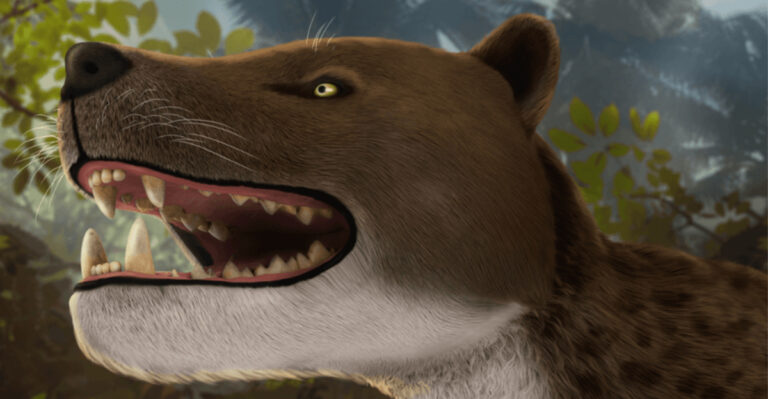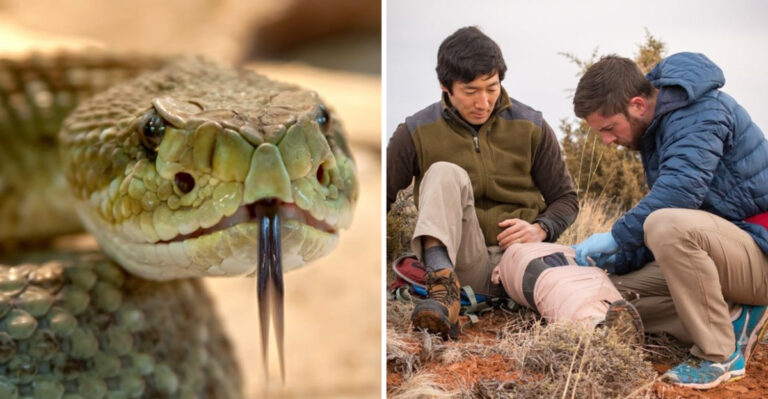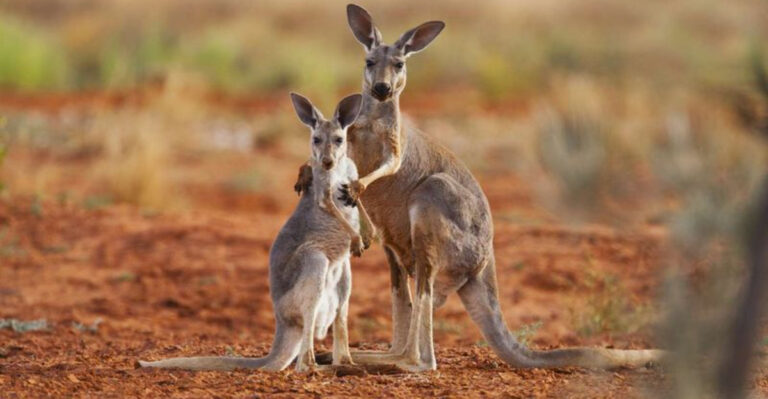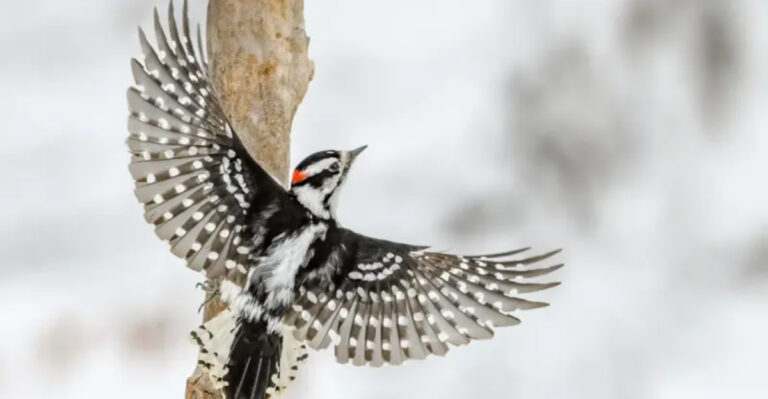16 Fascinating Facts About The Florida Panther – A Symbol Of Admiration And Controversy
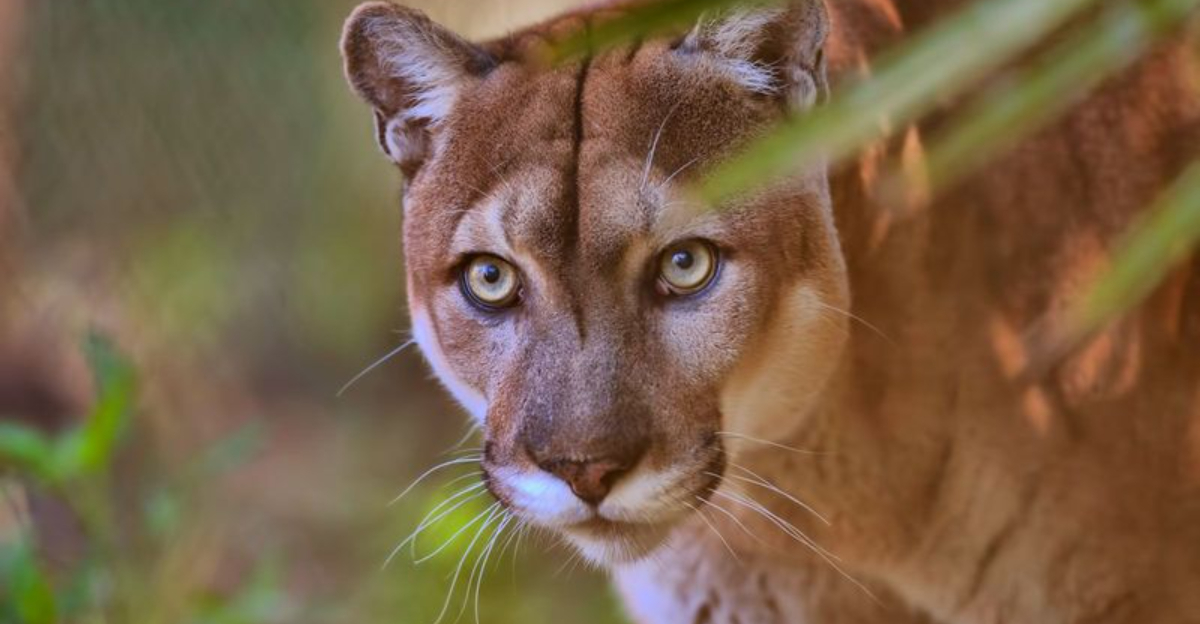
Hidden in the swamps and forests of Florida lives a magnificent cat that’s walked a tightrope between survival and extinction. The Florida panther, with its tawny coat and piercing eyes, represents one of America’s most dramatic conservation stories.
As their numbers dwindle and habitats shrink, these elusive predators have become both beloved symbols of wild Florida and the center of heated debates about land use and development.
1. A Legacy Of Struggle And Survival

Bounty hunting devastated panther populations for decades. Until 1958, Florida actually paid hunters to remove these magnificent cats, viewing them as dangerous predators threatening livestock and game animals.
Records show nearly 1,000 panthers were eliminated during this dark chapter of Florida’s history. This government-sanctioned eradication campaign pushed the species to the brink.
2. Unique Adaptations Of The Florida Panther
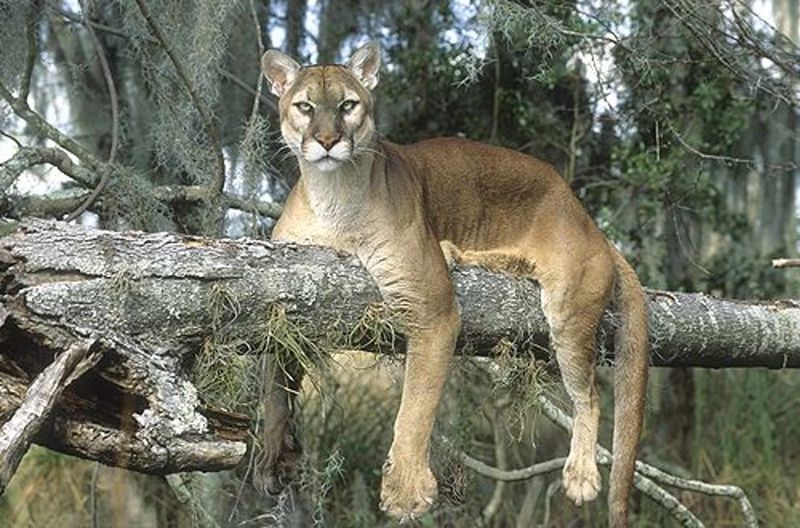
Ever notice that distinctive kink at the end of a Florida panther’s tail? This quirky feature, along with a cowlick of fur on their backs, helps identify them from other puma subspecies.
Their unusually broad paws act like natural snowshoes, distributing weight perfectly for moving through Florida’s swampy terrain. Nature’s engineering at its finest!
3. The Florida Panther’s Endangered Status
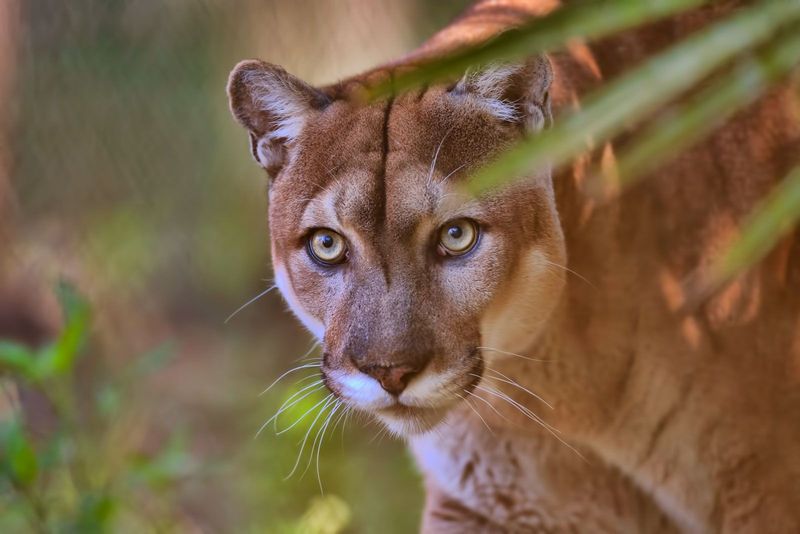
Only about 120-230 Florida panthers remain in the wild today. They’ve earned the unfortunate distinction of being one of the most endangered mammals in the United States.
Back in the 1970s, their population dropped to an alarming 20 panthers. This catastrophic decline nearly wiped them from existence forever.
4. The Panther’s Role In Ecosystem Balance
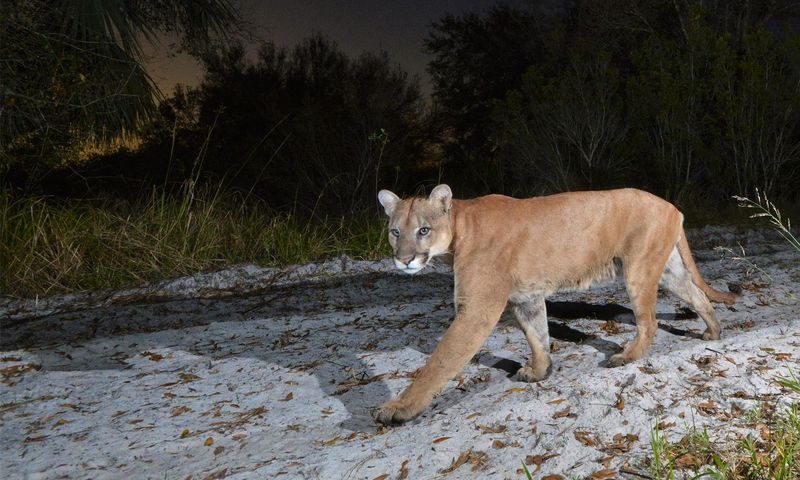
These apex predators keep wild hog populations in check. Without panthers, these destructive non-native pigs would multiply unchecked, devastating native vegetation and endangering countless plant species.
Scientists call this a trophic cascade – one species affecting many others throughout the food web. The panther’s hunting prowess maintains nature’s delicate balance.
5. How The Florida Panther Got Its Name
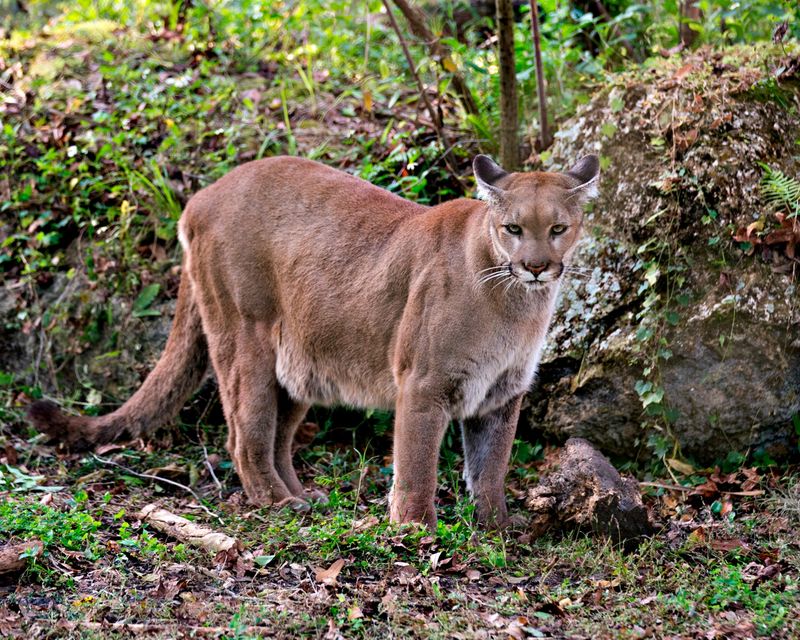
Would you believe these cats aren’t actually panthers at all? Technically, they’re pumas (Puma concolor coryi), a distinct subspecies of the mountain lion or cougar.
Early Spanish explorers called them ‘león’ or ‘gato montés.’ The name ‘panther’ stuck after European settlers arrived, despite being scientifically inaccurate. Talk about a case of mistaken identity!
6. Habitat Challenges For The Florida Panther
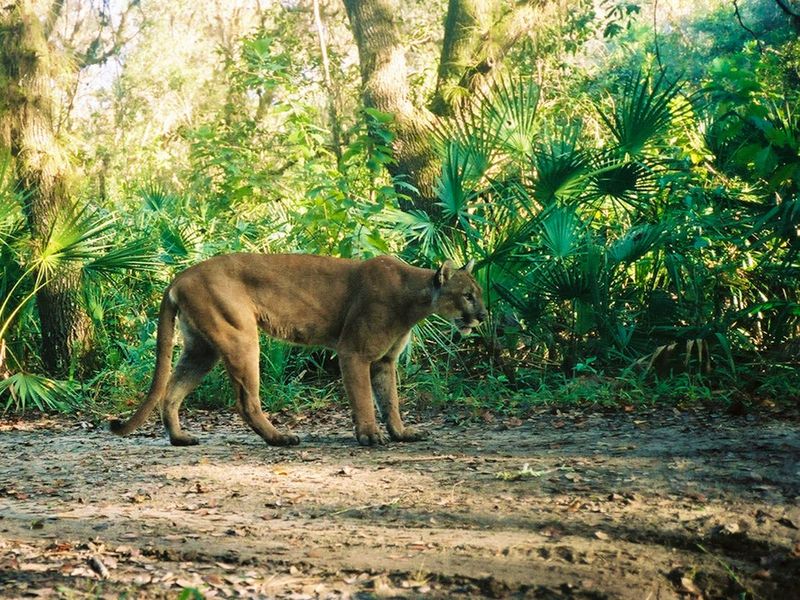
A single male Florida panther needs roughly 200 square miles to roam and hunt. That’s an area larger than the entire city of Miami!
Sadly, their territory has shrunk by over 95% since pre-colonial times. As housing developments and highways carve up their habitat, these cats find themselves in an increasingly fragmented world.
7. Florida Panthers: A Symbol Of Strength
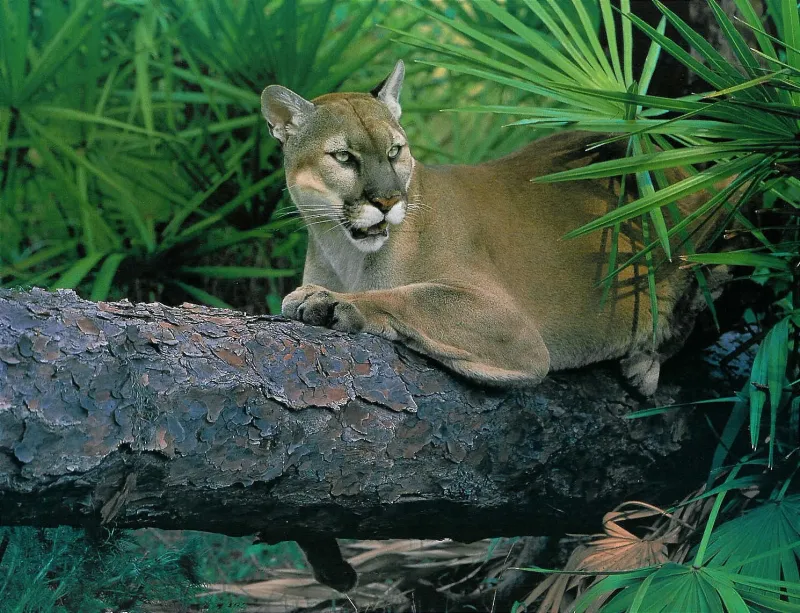
Leaping distances of up to 15 feet and running at speeds reaching 35 mph, these cats embody raw power. Their muscular build allows them to take down prey much larger than themselves.
Ancient Calusa and Seminole tribes revered the panther as a spiritual symbol of strength and endurance. This cultural significance continues today as Florida’s official state animal since 1982.
8. Human Encroachment And Panther Territories
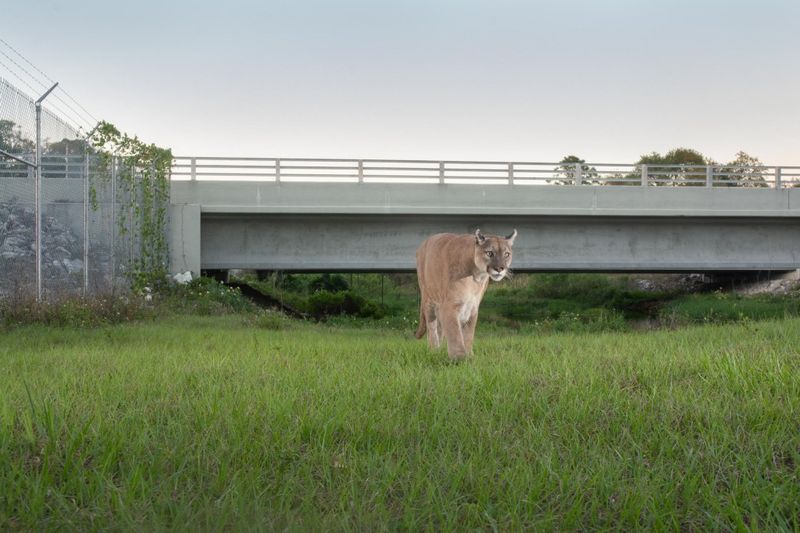
Vehicle collisions claim more panther lives than any other cause of death. In 2021 alone, 21 panthers passed away after being struck by cars on Florida’s increasingly busy highways.
Wildlife crossings offer a ray of hope. These special underpasses along Alligator Alley (I-75) have reduced panther deaths by 90% in those areas, proving humans and panthers can coexist with proper planning.
9. The Panther’s Mysterious Behavior
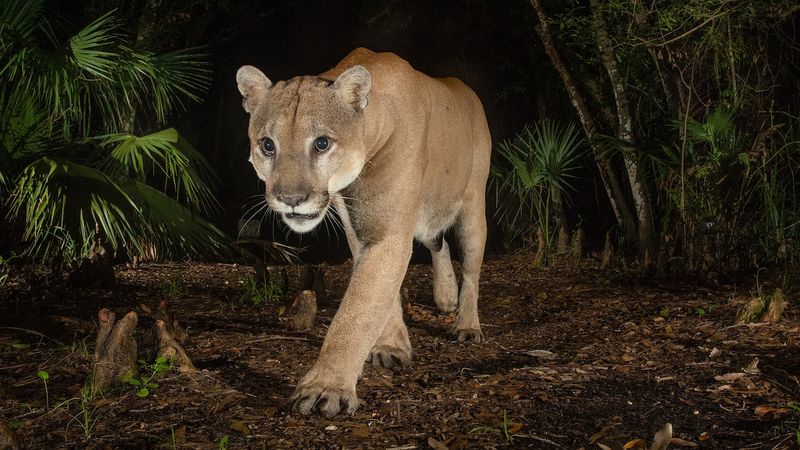
Unlike African lions, Florida panthers are solitary hunters preferring stealth over speed. They’ll patiently stalk prey for hours before launching a surprise attack.
Mothers teach cubs to hunt through elaborate games of hide-and-seek. These playful activities develop crucial survival skills that will serve them throughout their 10-15 year lifespan in the wild.
10. A History Of Conservation Efforts
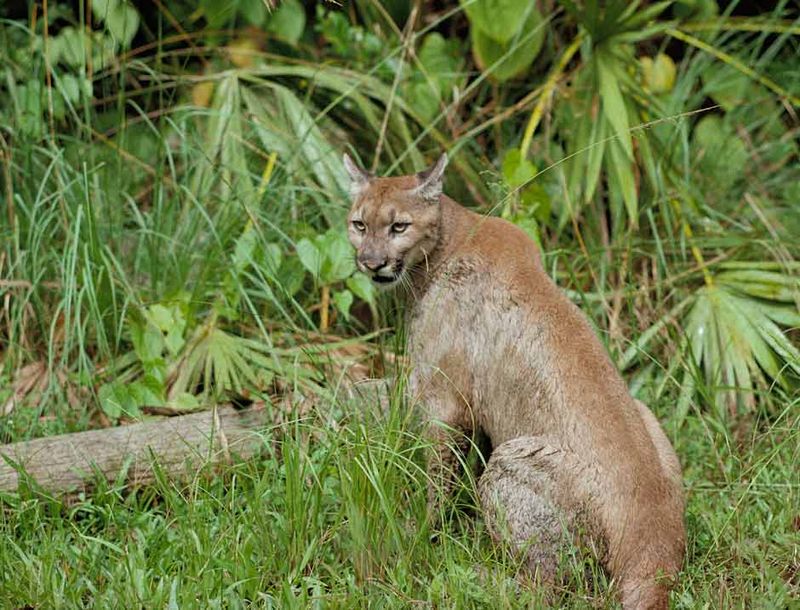
Genetic rescue saved Florida panthers from extinction in the 1990s. Scientists introduced eight female Texas cougars to diversify the dangerously inbred population, sparking controversy among purists.
The gamble paid off spectacularly! Healthier cubs resulted, with fewer heart defects and higher survival rates. This bold intervention remains one of wildlife conservation’s most dramatic success stories.
11. Panther Sightings And Public Perception
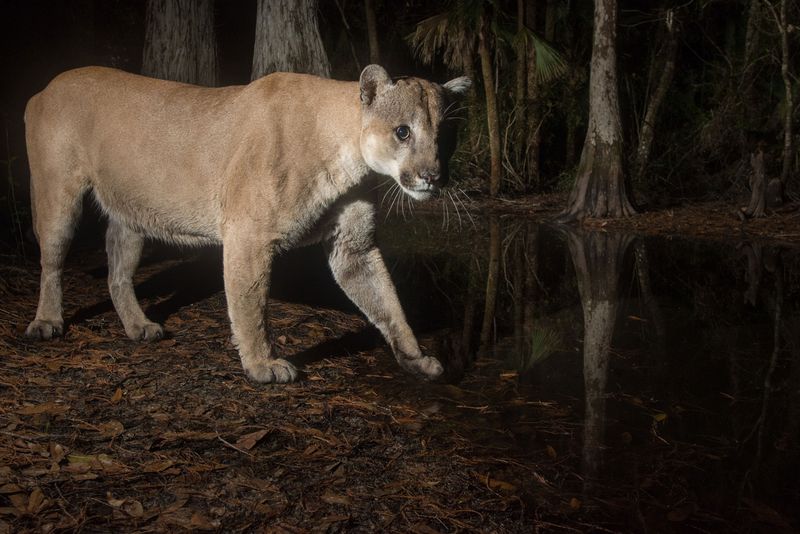
Glimpsing a Florida panther in the wild is rarer than winning some lotteries! Most Floridians will never see one outside a zoo, despite living in panther country.
Trail cameras capture these ghost-like cats when humans can’t. The Florida Fish and Wildlife Conservation Commission receives hundreds of reported sightings annually, though most turn out to be bobcats or domestic cats in the shadows.
12. The Importance Of The Panther’s Genetic Diversity
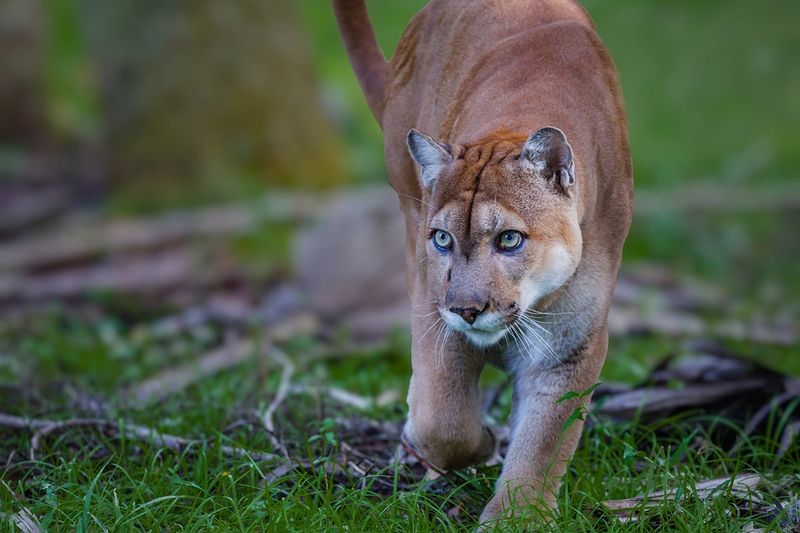
Genetic bottlenecks nearly spelled doom for the Florida panther. By the 1990s, inbreeding led to heart defects, reproductive issues, and kinked tails in nearly all remaining cats.
DNA analysis revealed shocking results – the entire population descended from just seven individuals! This genetic uniformity left them vulnerable to disease and developmental problems that threatened their survival.
13. Florida Panther Cubs: A Rare Sight
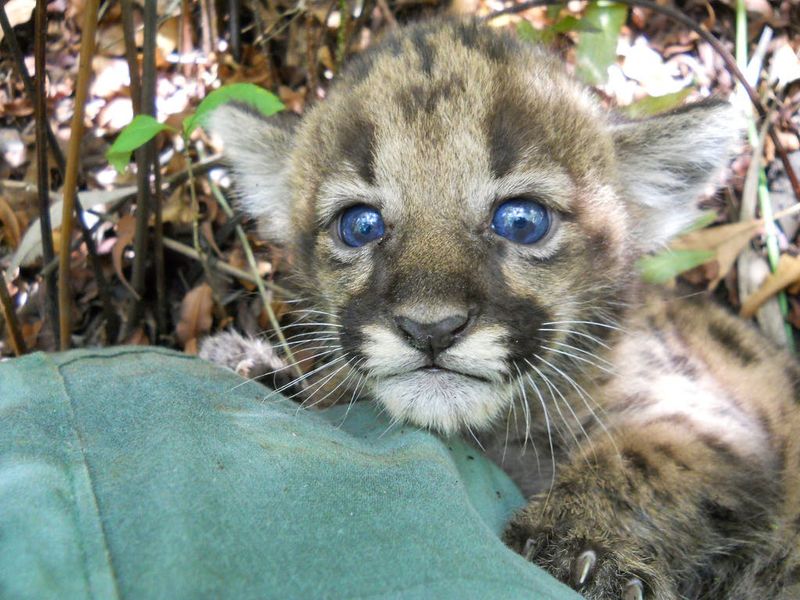
Female panthers typically birth 2-4 kittens per litter after a 3-month pregnancy. These spotted bundles of fur remain completely dependent on mom for their first three weeks of life.
Cubs stay with their mother for up to two years, learning essential survival skills. This extended childhood is crucial but dangerous – only about 1 in 3 cubs survives to adulthood in the challenging Florida wilderness.
14. The Panther’s Diet And Hunting Techniques
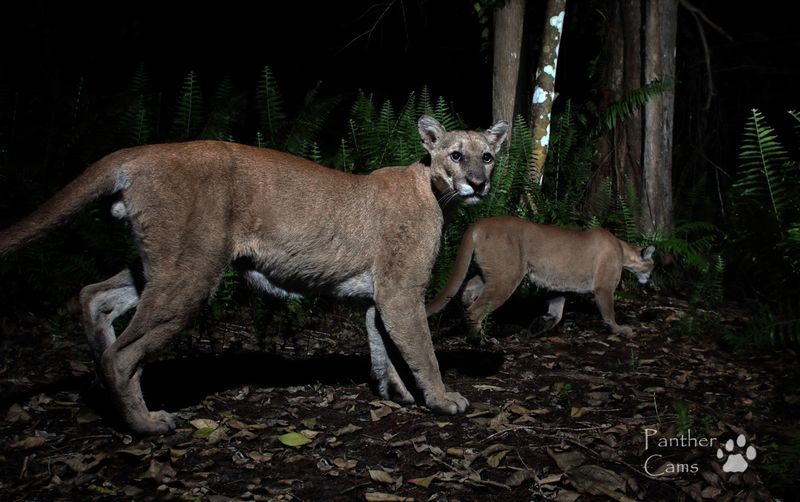
White-tailed deer make up about 70% of a Florida panther’s diet. These stealthy predators typically consume one deer-sized animal every 7-10 days.
Unlike many big cats, panthers don’t roar! They communicate through purrs, chirps, and distinctive screams that sound eerily human. Their famous “scream” often gets mistaken for a woman in distress.
15. The Political Controversy Surrounding The Panther
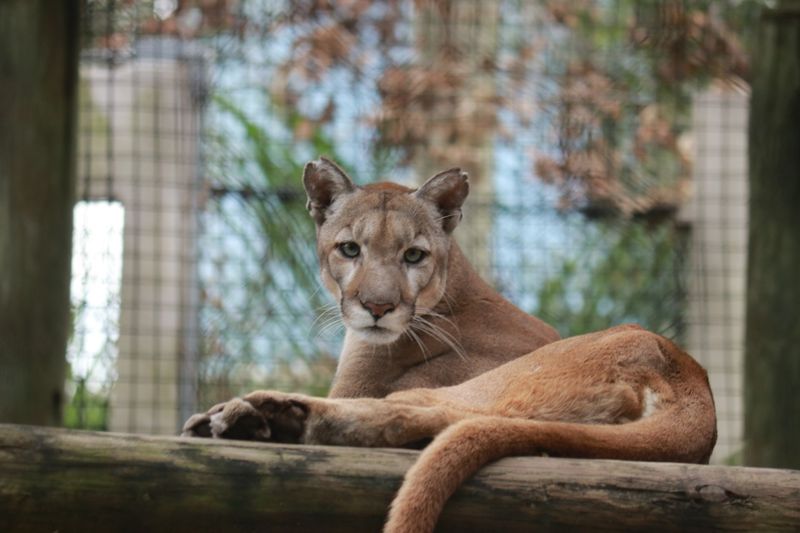
Land developers and panthers compete for the same prime Florida real estate. Each new housing project potentially means less hunting territory for these wide-ranging cats.
Some ranchers oppose panther protection, citing occasional livestock predation. Conservation easements offer a compromise, paying landowners to maintain wildlife-friendly practices while still using their land for agriculture.
16. Future Of The Florida Panther: Hope Or Uncertainty?
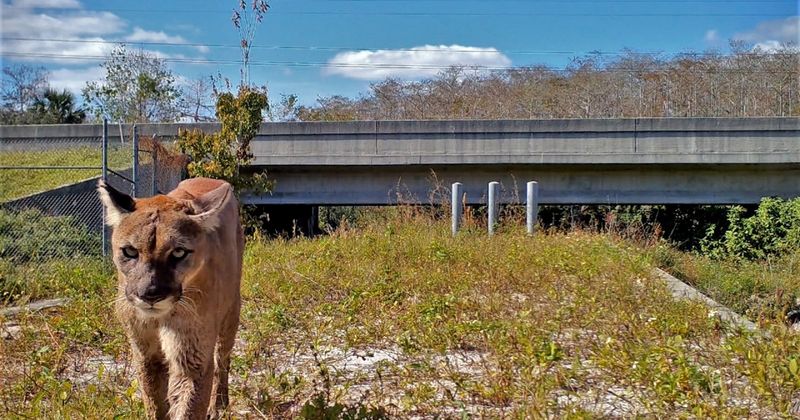
Climate change threatens to submerge up to a third of current panther habitat under rising seas this century. Scientists are racing to identify and protect inland corridors for future migration.
The Florida Wildlife Corridor Act, passed in 2021, represents a breakthrough. This legislation protects a network of connected lands where panthers can safely roam, offering hope that these magnificent cats may yet have a future in the Sunshine State.

